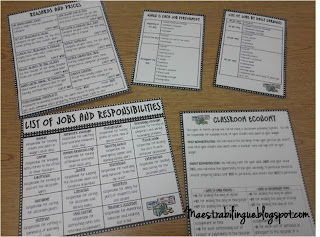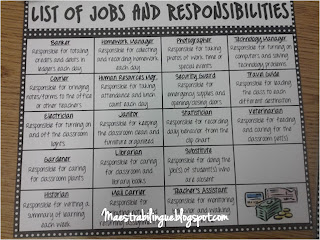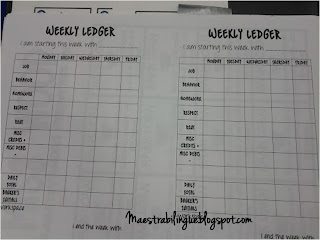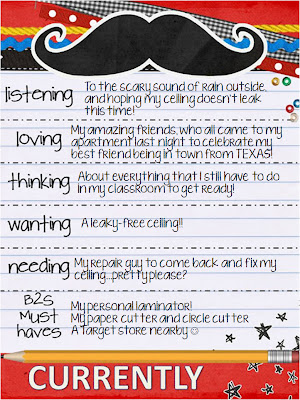Here's where we are within the whole SIOP framework:
Lesson Preparation
Building Background
Comprehensible Input
Strategies
Interaction
Practice/Application
Lesson Delivery
Review/Assessment
The comprehensible input component reminds teachers that they need to be mindful of the words that they use, the rate at which they speak, and to make sure that they are explaining themselves clearly to their students. This component contains the next 3 features:
10. Speech appropriate for students' proficiency levels
This feature refers to rate and enunciation, and the complexity of speech used. Students, especially ELLs, may need more time to be able to process words. If a teacher talks too fast, much of the information is lost. However, if teachers remember to slow down, use pauses, and speak clearly, students will be able to understand much more. Paraphrasing and repetition are also two techniques that can help give students multiple exposures to the words and ideas that the teacher is conveying. If teachers are familiar with the student's native language, a special emphasis on cognates (words that are nearly the same in both langauges) can also be beneficial to aiding student understanding.
11. Clear explanation of academic tasks
Teachers can help ELLs better understand required tasks by breaking directions down step by step. Giving directions in more than one way (for example, explaining directions orally and also writing them on the board and/or providing visuals) allows students to process them the way that they are strongest, and the written directions or visuals give students something to refer back to if they need to check the directions again. Further, teachers should model or demonstrate what they are asking their students to complete, as this gives ELLs (and ALL students) the chance to see the steps in a process in action.
12. A variety of techniques used to make content concepts clear
This feature reminds teachers of the importance of approaching learning from many different ways, and allowing students to interact with content material in more ways than just copying notes, or reading a book. These can include: using gestures/pictures/objects to accompany speech, using multimedia within lessons, previewing the material and noting which parts to emphasize to the students, or allowing students to use a variety of ways to demonstrate their learning.
SOME ACTIVITIES THAT TEACHERS CAN USE TO ENSURE COMPREHENSIBLE INPUT:
*Being mindful of using expression and body language
*Speaking slowly and clearly
*Using more pauses between phrases
*Using shorter sentences with simpler syntax
*Repeating and reviewing vocabulary
*Using visuals to accompany discussion
*Watching carefully for comprehension and being ready to repeat or clarify if necessary
How do you monitor the ways that you provide information and interact with students while teaching?
Next Saturday's topic: Strategies








































